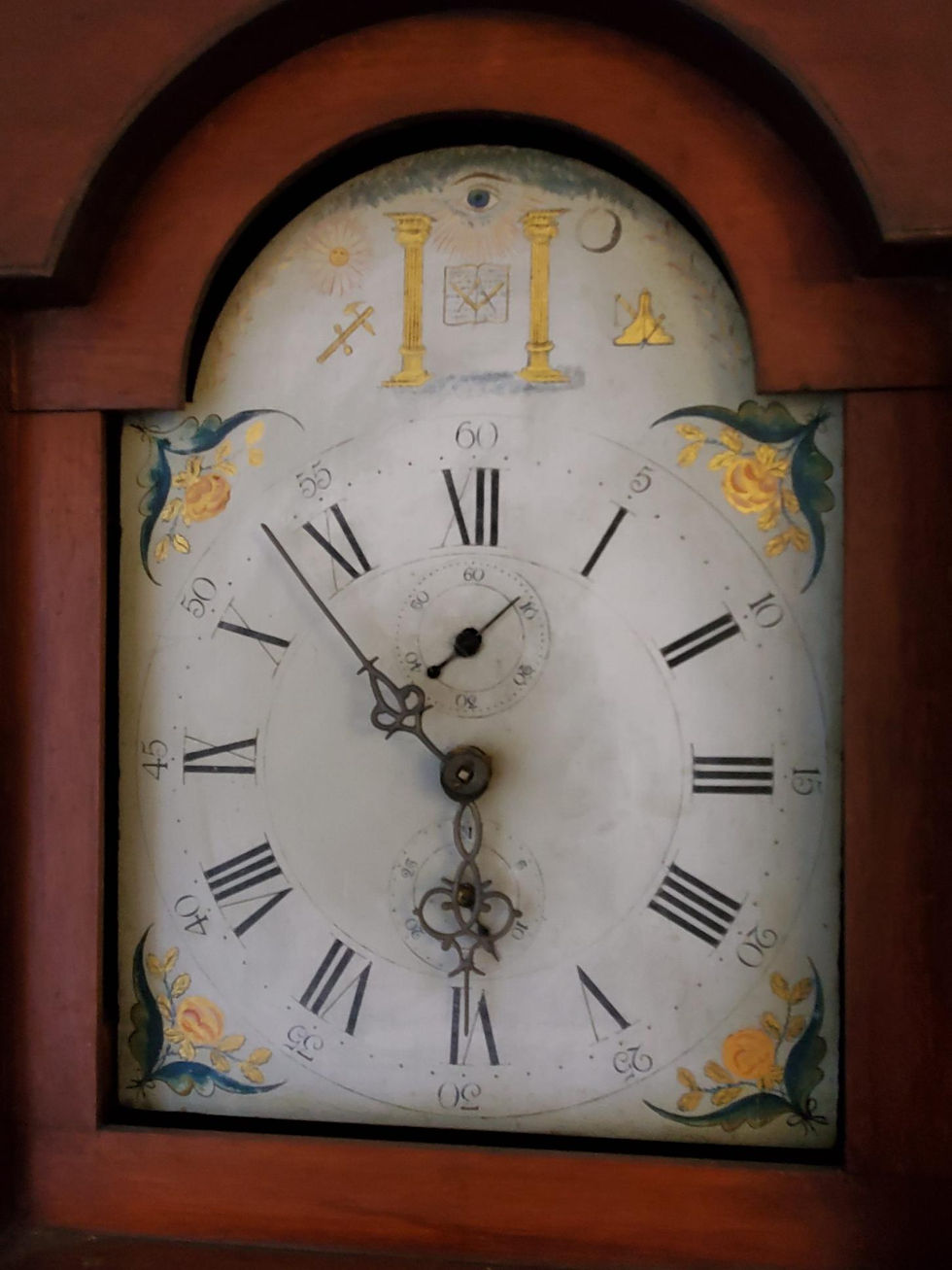- Beth Hoff

- Oct 31, 2022
- 3 min read
Updated: Feb 7, 2024

Did you know that two dentists connected to Longmeadow were critical witnesses in one of the most celebrated murder trials of the Nineteenth Century? Their testimony about the dental evidence successfully convicted a murderer. Let’s travel back to 1849 Boston…
On Friday, November 23, 1849, a respected, well-known, and wealthy Boston resident, Dr. George Parkman, disappeared. Over the next week, large rewards were offered for his recovery. City officials searched high and low for him, even dredging rivers, but he could not be found.


On the following Friday, in a grisly turn of events, the janitor at Harvard Medical School found the partial remains of a man in areas of the building controlled by Professor John W. Webster; the head, torso, and other parts of the body had been burned in the furnace of the school.

Harvard Medical School in the 1880's
Evidence led police to suspect that Professor Webster, a chemistry professor at Harvard Medical School, had murdered Dr. Parkman after Dr. Parkman had attempted to collect on a debt. However, they were unable to conclusively identify the body parts as belonging to Dr. Parkman. Without identification of the body, the murderer would escape punishment for the crime.

Prof. John W. Webster
This gruesome crime was a media sensation and the story was carried in newspapers throughout the country, and it is still famous today. Without going into all of the many twists and turns of the story, suffice it to says that its intrigue and gore has been the subject of many articles and books, some of which are listed below.
One of the few pieces of evidence recovered from the furnace was a set of porcelain teeth, and this is where our first hero enters the story. Dr. Nathan Cooley Keep, who had been born and raised in Longmeadow, had been Dr. Parkman’s personal dentist and had created the porcelain teeth and gold plate for Dr. Parkman.

Dental Plate and Teeth for Dr. Parkman
Our second hero, Dr. Lester Noble, was training under Dr. Keep when the false teeth were made and he often repaired them. In "Incidents Connected with the Trial of Professor Webster," Dr. Noble said, “With Dr. Parkman's teeth I had more than a first acquaintance. He was a very nervous man, and occasionally would take out his plates and put them in his coattail pocket, and soon he would forget them, and when he sat down the teeth would suffer considerably, necessitating repairs. I must have repaired those plates at least half a dozen times.”
In 1850, Lester Noble was a student at Baltimore School of Dentistry, but he traveled to Boston in March for the trial. Both men examined the teeth and plates carefully, comparing them to the models that Dr. Keep had used to create the teeth for Dr. Parkman, and concluded without a doubt that these were the teeth and plates which they had made for Dr. Parkman. At the trial of Professor Webster in March, 1850, they both testified as such.
Here is a link where you can the trial record and the testimony for both men.
The conclusive dental evidence convinced the jury that the remains were indeed the body of Dr. Parkman. Professor Webster was convicted of murder and sentenced to death by hanging. This landmark case is considered to be the first time that forensic evidence was successfully used to prosecute a defendant.
After the trial, Lester Noble returned to Baltimore and finished dental school. He moved to Longmeadow in 1860 where he lived until his death in 1905. For more information on Dr. Noble and Dr. Keep, read our earlier History Notes article--> Drs. Lester Noble and Nathan Cooley Keep.
Sources
Incidents Connected with the Trial of Professor Webster by Dr. Lester Noble
The Murder of a Wealthy Boston Physician by a Harvard Professor, 1849
Blood & Ivy, by Paul Collins
Dead Certainties: Unwarranted Speculations, by Simon Schama
The Disappearance of Dr. Parkman, by Robert Sullivan
Springfield Republican- Nov. 17, 1896
Contributed by Elizabeth Hoff, Longmeadow Historical Society Board Member
Originally published January 14, 2021










